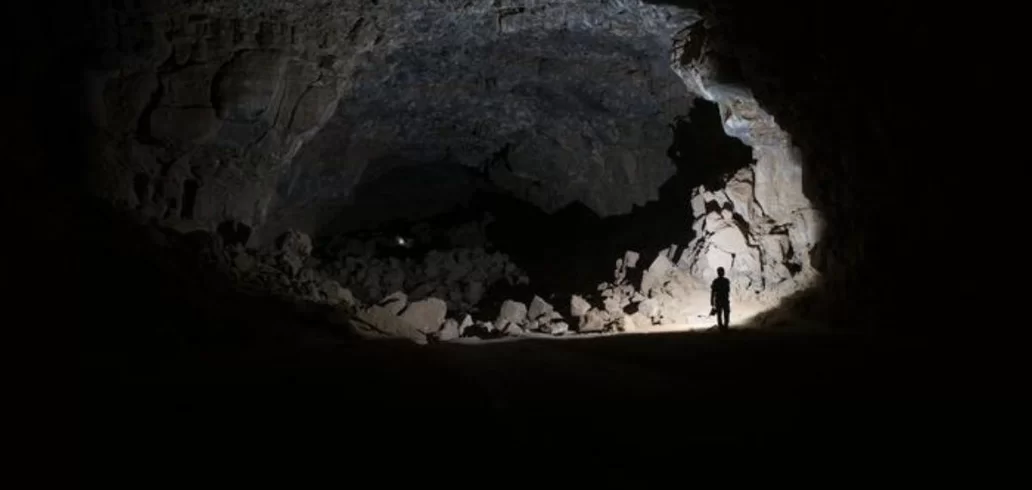Curiosities
Are we really experiencing a 6th mass extinction?
Advertisement
The causes of this mass extinction include habitat destruction, climate change, pollution, overexploitation of natural resources, introduction of invasive species, and other human activities. These factors have negatively impacted biodiversity worldwide.
Scientific studies indicate that the current rate of species extinction is much higher than the historical background rate, which is the rate of extinction that would occur naturally without the influence of human activities. Some scientists even suggest that we are entering a mass extinction comparable to the five previous mass extinctions in Earth's history, such as the Permian-Triassic extinction or the extinction of the dinosaurs.
Therefore, it is crucial to take measures to conserve biodiversity and mitigate the harmful effects we are causing to the environment in order to avoid irreversible consequences for global ecosystems and for ourselves.
Deforesting the Tree of Life
“Deforesting the tree of life” is a powerful metaphor used to describe the detrimental effects of biodiversity loss. Life on Earth is often represented as a “tree of life,” where each species is a branch or leaf on that tree, and all life forms are interconnected.
When habitat destruction, pollution, the introduction of invasive species and other harmful human activities occur, it results in the loss of species. This loss of species can be compared to the deforestation of a tree, where the branches and leaves are cut off, reducing the diversity and vitality of the “tree of life”.
This metaphor highlights the importance of biodiversity for the health and resilience of ecosystems. When we lose species, we lose not only individual life forms, but also the complex interactions and ecosystem services they provide.
It is therefore essential to protect and conserve biodiversity, not only for the benefit of the species themselves, but also to ensure a healthy and sustainable environment for future generations.
Domino effect
The “domino effect” is a metaphor used to describe a situation in which one action or event triggers a series of subsequent consequences in a chain of interconnected events, similar to the sequential collapse of dominoes. These consequences can occur rapidly and progressively, one after the other, often with significant and sometimes unpredictable effects.
In ecology and environmental science, the domino effect is often used to illustrate how a disturbance in an ecosystem can trigger a series of chain reactions that affect other components of the system. For example, the introduction of an invasive species can lead to a decline in the populations of native species, causing changes in the food chain and affecting the abundance of other species.
Furthermore, the domino effect can be applied in a variety of contexts, such as economics, politics, and society. For example, an economic crisis in a country can lead to a series of events, such as unemployment, reduced consumption, a drop in industrial production, and so on, affecting various sectors of the economy and causing social impacts.
In short, the concept of the domino effect highlights the interconnection and interdependence of different elements in complex systems and illustrates how small changes can have large effects over time.
Trending Topics

Starbucks Jobs: Global Career Opportunities Around the World
Explore global Starbucks jobs and build your career with great benefits, growth, and opportunities worldwide.
Keep ReadingYou may also like

How to choose the best app to learn English
Discover how to choose an app to learn English with practical tips and recommendations that meet your learning goals.
Keep Reading


